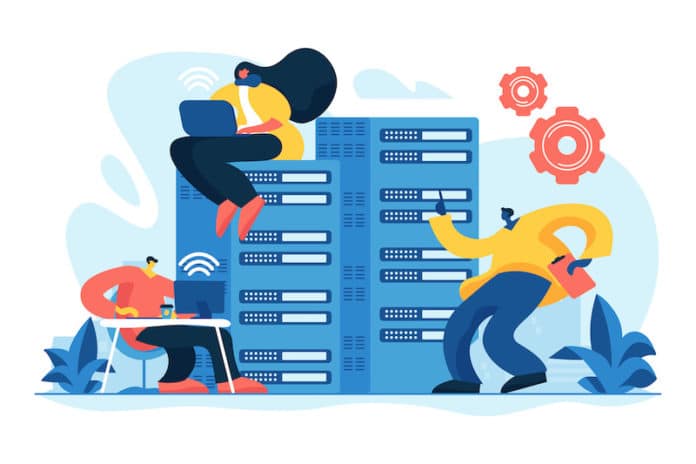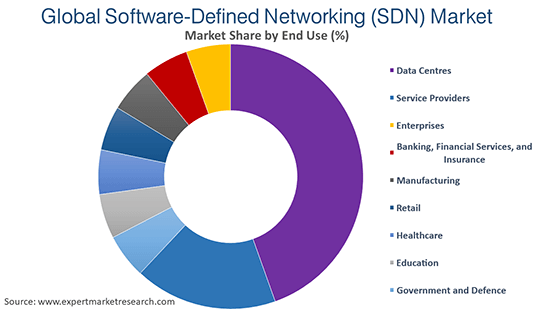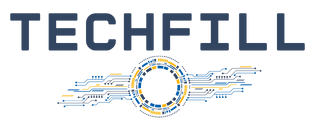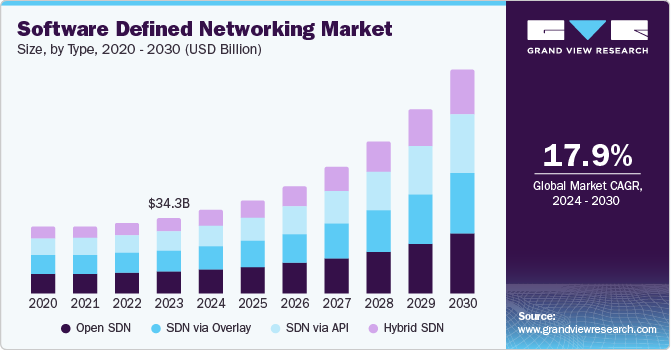Imagine being able to control your network with the ease of flipping a switch. That’s the promise of Software-Defined Networking (SDN), a technology that’s transforming the way you manage and optimize your network infrastructure.
As you navigate the complexities of digital transformation, understanding SDN trends can be your secret weapon to staying ahead of the curve. You’ll discover how SDN is reshaping industries, streamlining operations, and enhancing security. Are you ready to unlock the potential of your network?
Dive into the world of SDN trends and find out how you can harness this power to propel your business forward.

Emerging Technologies In Sdn
Virtualization makes networks more flexible. It allows multiple networks on one device. This saves space and costs. Automation helps manage these networks. It reduces human errors. Tasks become faster and more accurate.
AI helps networks learn and improve. It finds patterns and fixes problems. AI makes networks smarter. They can handle more traffic smoothly. This keeps the internet fast and reliable. AI also helps in predicting issues. This ensures fewer network downtimes.
Impact On Network Architecture
Software-Defined Networking (SDN) helps in making networks less central. This means no single point of control. Networks become more flexible. If one part fails, others still work. This increases network reliability. It also makes managing networks easier. Changes can be done from any part of the network. This saves time and effort. Security is improved as well. Hackers find it hard to attack decentralized systems. Thus, networks become safer. This benefits all users.
SDN helps networks grow easily. Networks can add more devices without problems. Scalability is the key here. More devices mean more data. SDN handles this data smoothly. Adding new features is simple. No need for big changes. Just update the software. This keeps networks up-to-date. Networks stay fast and efficient. Everyone gets better service. This makes users happy.
Sdn And Cybersecurity
Software-Defined Networking, or SDN, helps find threats faster. It uses smart systems to watch network traffic. These systems look for unusual patterns and alert the team. This makes networks saferand more secure. Quick detection stops bad things from happening. It keeps data safe from hackers.
SDN uses dynamic security protocolsto protect data. These protocols change and adapt to new threats. They are like a smart shield for networks. They adjust to keep out dangers. This makes networks strong and flexible. With dynamic protocols, networks can face new challenges. They stay secure and reliable every day.

Role In Cloud Computing
Software-Defined Networking (SDN) helps in using resources better. It makes sure that servers get the right amount of power. This means no waste and no shortage. Resources like CPU and memory are shared among users. SDN makes this process very smooth. Cloud services get faster and work better. This helps in saving time and money. It is good for both small and big businesses. SDN changes the way networks work. It makes them more flexible and efficient.
Load balancing means sharing work equally. SDN helps in doing this very well. It makes sure no server gets too busy. This keeps websites running fast. Users get a good experience. SDN helps in stopping delays and errors. It watches the traffic and moves it smartly. This makes cloud computing more reliable. People trust it more for their needs. Many companies choose SDN for better performance.
Influence On Iot Connectivity
Software-defined networking helps IoT devices connect better. It makes real-time data processing faster and easier. IoT devices can now share data quickly. This helps them work together more smoothly. Efficient data processing is crucial for smart homes and cities.
Real-time data is important for IoT. It lets devices react instantly. Quick responses improve device performance. Fast data processing helps avoid delays. This is vital for safety systems and health devices. IoT networks become smarter with real-time data.
Flexible networks are a key benefit of software-defined networking. It allows networks to change easily. Networks can grow as more devices join. This means less downtime and fewer issues. IoT networks can adapt to new technologies fast. Flexibility is important for future growth.
Challenges And Opportunities
Integrating new networks can be tricky. Many systems don’t talk well. Compatibility issues often arise. Companies spend lots of time fixing these. Legacy systems can be stubborn. They resist changes. It’s a big hurdle for teams. Solutions need to be flexible and adaptable. This helps reduce headaches. Training is key too. Staff must understand the new tools. Proper education makes a smooth transition possible. It’s all about balance. Managing both old and new systems is challenging. But it’s doable with the right approach.
Software-Defined Networking holds great promise. It can transform connectivity. New ideas emerge from this tech. Faster networks are now possible. They handle more data with ease. This opens many doors. Smart cities and IoT benefit greatly. Devices talk to each other more smoothly. Innovation fuels growth in businesses. They can offer better services. This leads to happier customers. Overall, the potential is vast. The future looks bright for those who adopt early.
Future Prospects Of Sdn
The SDN market is expected to grow fast. More companies are using it. It helps to manage networks better. With SDN, networks are easy to change. This helps businesses save money. Experts think SDN will be in high demand. Many big companies are investing in SDN. This shows strong market growth.
New SDN technologies are coming. These make networks smarter. They can automatically fix problems. This is important for network safety. Better tools help to control data flow. SDN can work with other tech, too. This makes networks more powerful. People are excited about these advancements.

Frequently Asked Questions
What Is Software‑defined Networking (sdn)?
Software-Defined Networking (SDN) is an innovative approach to network management. It separates network control from physical devices, allowing centralized control. This improves network performance, flexibility, and simplifies network management. SDN enables automated processes, enhancing scalability and efficiency in modern network infrastructures.
How Does Sdn Improve Network Security?
SDN enhances network security by offering centralized control and visibility. It allows dynamic policy enforcement and quick response to threats. With SDN, administrators can deploy security measures across the network consistently, improving threat detection and mitigation. This results in a more robust and secure network environment.
Why Is Sdn Important For Businesses?
SDN is crucial for businesses as it offers flexibility and scalability. It supports rapid deployment of applications and services. Businesses benefit from reduced operational costs and simplified network management. SDN helps organizations adapt to changing needs and technological advancements, ensuring competitive advantage and efficiency.
What Are Sdn Trends In 2023?
In 2023, SDN trends include increased adoption of AI and machine learning. These technologies enhance network automation and intelligence. There’s a growing focus on edge computing integration. Enhanced security features are being prioritized. SDN is also increasingly used in hybrid cloud environments, ensuring seamless connectivity.
Conclusion
Software‑Defined Networking is shaping the future of digital connections. Trends show increased flexibility and efficiency. Businesses can adapt faster to changing needs. Network management becomes easier and more reliable. Security is enhanced through centralized controls. Cost savings appeal to many companies.
As technology evolves, SDN will gain more importance. Staying informed helps businesses thrive in this dynamic landscape. Embracing these trends ensures competitiveness and growth. Keep learning and exploring SDN’s potential. It holds promise for a more connected world.
Read More:
- Network Automation Tools ROI: Boosting Efficiency & Savings
- Noise‑Cancelling Earbuds Battery Life: Maximize Your Usage
- Ci/Cd Pipeline Tools Comparison: Boost Your DevOps Efficiency
- Serverless Vs Containerized Workloads: A Comparative Guide
- Vr Content Creation Tools 2025: Revolutionize Your Creations
- Best Gaming PC Build under $1500: Ultimate Performance
- Best Cross‑Platform Mobile Frameworks 2025: Top Picks
- Javascript Frameworks Benchmark 2025: Speed & Performance

